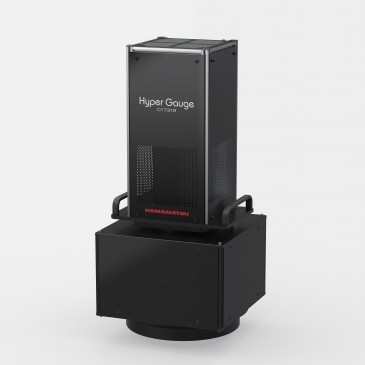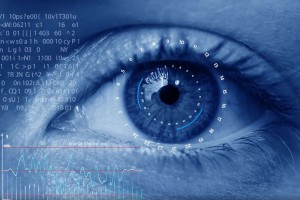
Computer vision has been around for decades, but the concept of artificial vision is relatively new as recent years have witnessed a rise in technology mimicking the functionality of biological eyes to replicate or enhance natural vision. Here we take a look at some interesting cases in the development of artificial vision aids.
Artificial eye eliminates latency
The artificial eye in question is a new vision sensor that can be used in autonomous vehicles, robotics, UAVs and many other applications. Developed by the Institute of Photonics in Vienna, the sensor is designed to be a complete artificial neural network that is able to simultaneously sense and process optical images without latency. The project is still in its early stages but the 2D semiconductor sensor, inspired by neuro-biological architectures, is made from tungsten diselenide (WSe2) etched with light-sensing diodes which are then wired up to create a neural network. The photosensitivity of the nodes within the network (diodes) can be altered because of the unique electrical properties of the material, and each pixel can have an individually-set photoresponsivity value.
Researchers have trained the network to classify graphical data by adjusting the sensitivity of the diodes until it gave the correct responses. You can read the full research article, with in-depth details of how the process works here, but those involved claim that “As image sensing and processing are both performed in the analogue domain, the operation speed of the system is limited only by physical processes involved in the photocurrent generation. As a result, image recognition and encoding occur in real time with a rate that is orders of magnitude higher than what can be achieved conventionally
Bionic vision
We’ve seen a multitude of applications benefit from 3D printing in recent years, and now 3D printing of superior prosthetic eyes is becoming a reality. 3D print models created by Fraunhofer IDG’s Cuttlefish:Eye software which, in conjunction with advanced Optical Coherence Tomography ophthalmic scanners, can produce prosthetics faster and with great color and shape accuracy.
Taking this one step further, bionic eyes are becoming more practical due to the development of a new low-power system. Collaborative research between the Harbin Institute of Technology and Northumbria University is working towards enhanced control of artificial synaptic devices based on injecting indium, a soft metal, into molybdenum disulphide (MoS2), a 2D material, which improves electrical conductivity and reduces the power consumption of traditionally power-hungry devices. The Professor leading the researching, Prof. Richard Fu, said that “Our newly developed method is of great significance for the next generation of artificial visual systems”.
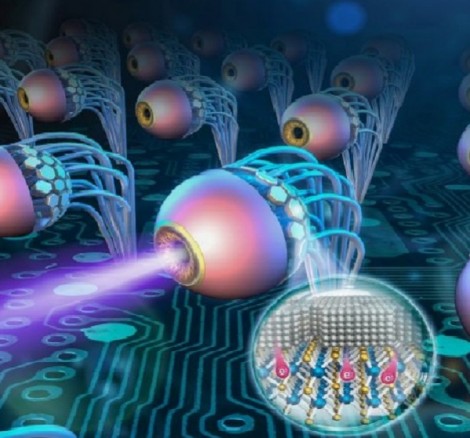
Of course, truly bionic eyes should outperform natural human eyes, and that’s what a team from the Hong Kong University of Science and Technology have been working on. Their hemispherical 3D retina Electrochemical Eye (EC-Eye) aims to be self-powered and uses nanowire light sensors to emulate the photoreceptors in a human retina. Due to the nanowires having a significantly higher density than human photoreceptors, researchers believe that the prosthetic could create a higher-resolution image than nature itself, and without the blind spot that is present in human eyes.
At the time of writing, the very latest project announced in artificial vision is the Science Eye from Science – the development of an implant to beat conditions including retinitis pigmentosa and macular disintegration. In these cases, the light-sensitive photoreceptor cells at the back of the eye have died. A 2mm wide film would be implanted on top of the retina and photonics would enable patterns sent wirelessly from glasses embedded with tiny cameras to convert images into a form that the optic nerve can learn to read instead of relying on the dead photoreceptors. Utilizing processes including gene therapy, the whole method sounds a little like science fiction at present but could theoretically be a game-changer for sight loss patients.
Smart glasses for all
If sticking implants, prosthetics or chunky contact lenses in your eye doesn’t appeal, the University of Utah introduced their “Adaptive Glasses” a few years ago and have been working on a more slimline version and conducting clinical trials. The liquid-based lenses of the specs automatically adjust the focus to correct both near and far-sightedness, and can even correct astigmatisms.
![]()
In the glasses, lenses made from glycerin are positioned between flexible membranes, or frames, which adapt to make the necessary adjustment to meet the required prescription, regardless of where the user is looking or what they’re focusing on. New prescription? No problem – wearers can input an updated prescription for the glasses at any time and the glasses will self-modify!
What’s the future for artificial vision?
Recent developments in both materials and photonic capability are bringing close-to-natural vision to robotics and sight-impaired patients. While true, naturally-controlled, auto-powered artificial vision may be a little way off yet, these developments are changing the outlook substantially.
Written by Natalie Ryan, Active Silicon






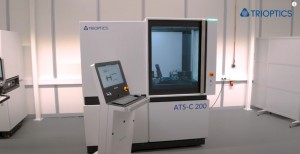
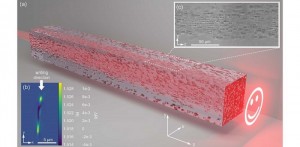
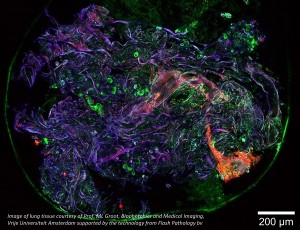

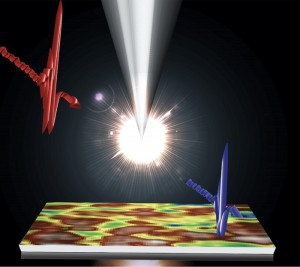

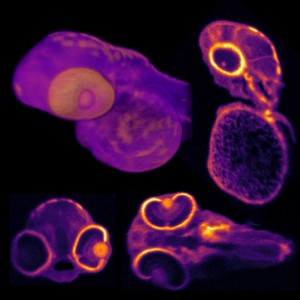
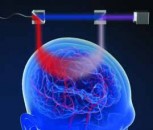
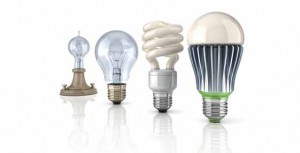
















 Back to Features
Back to Features